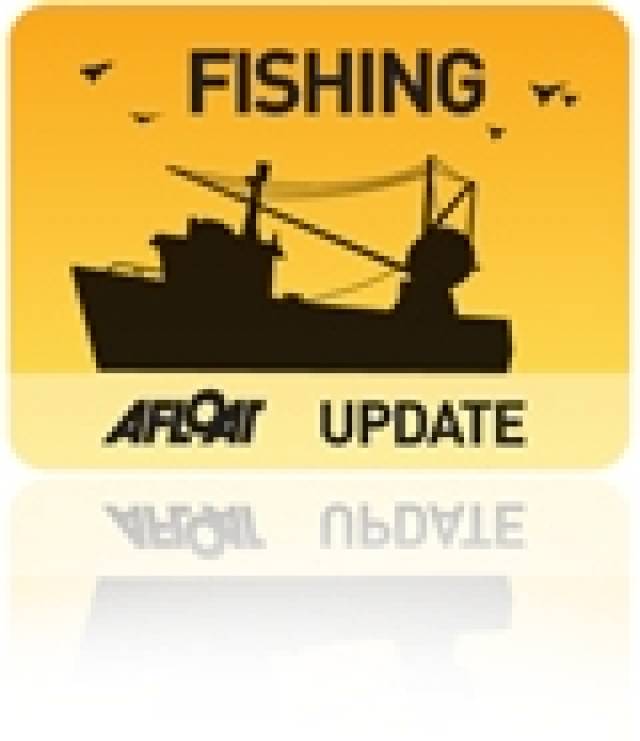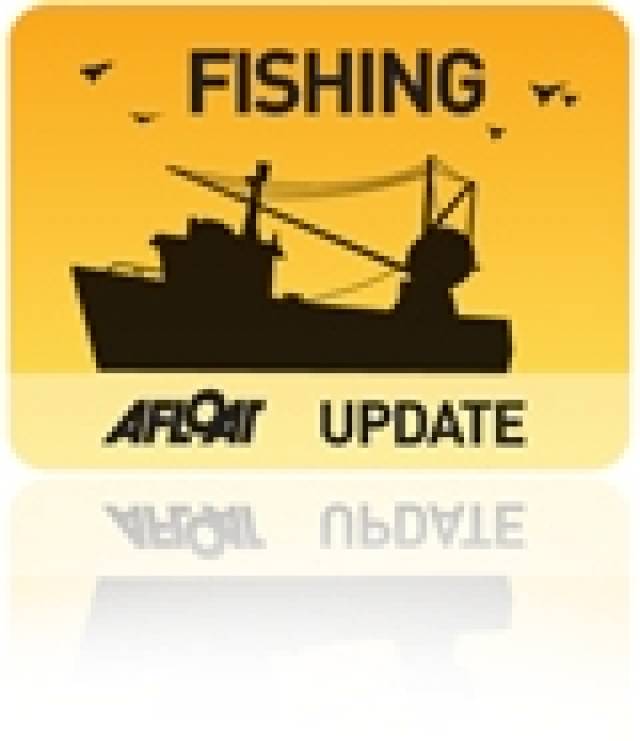
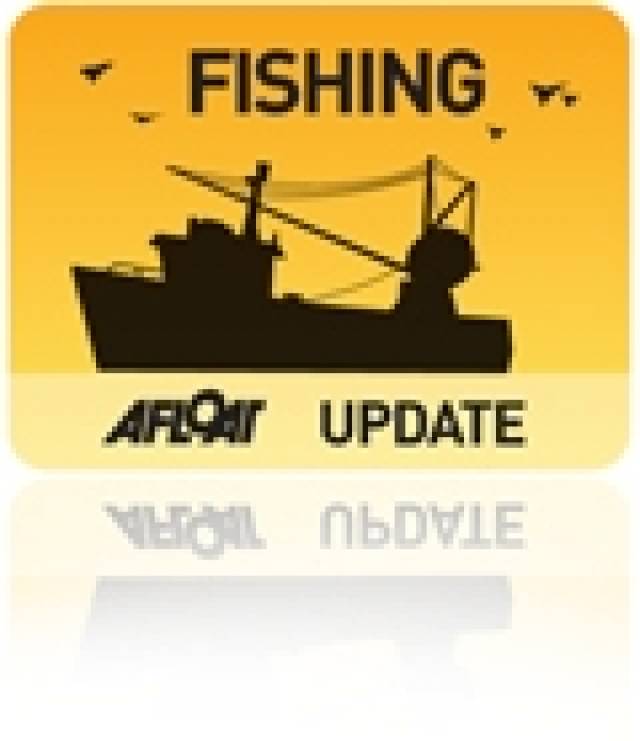

Personal Locator Beacons Fitted to Lifejackets of the Irish Fisheries Federation
9th January 2014 Fishing
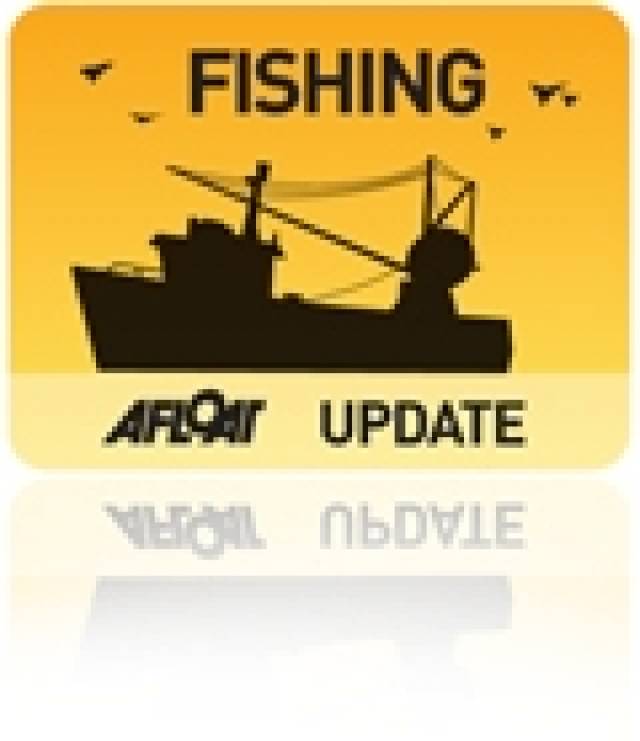
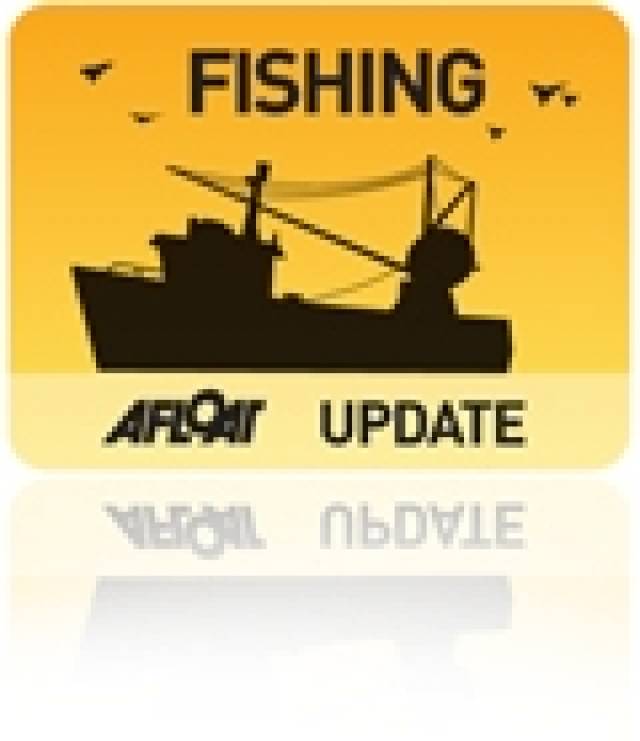
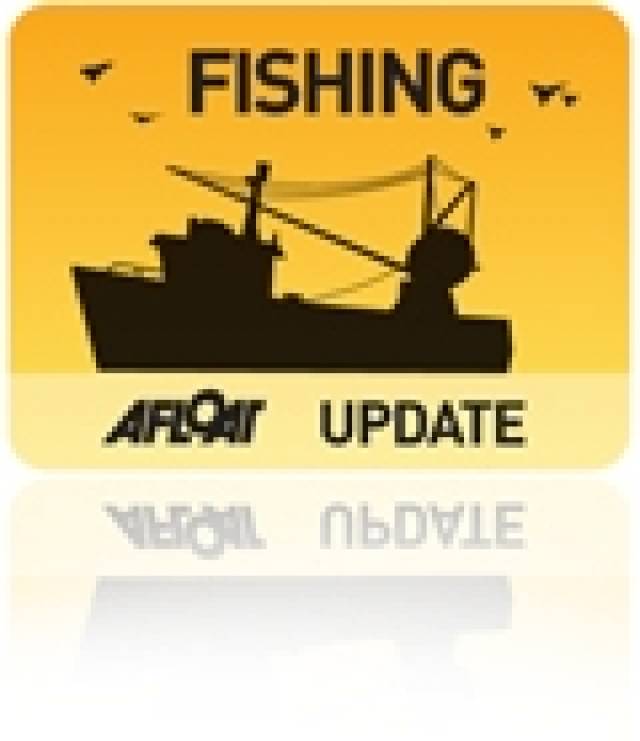
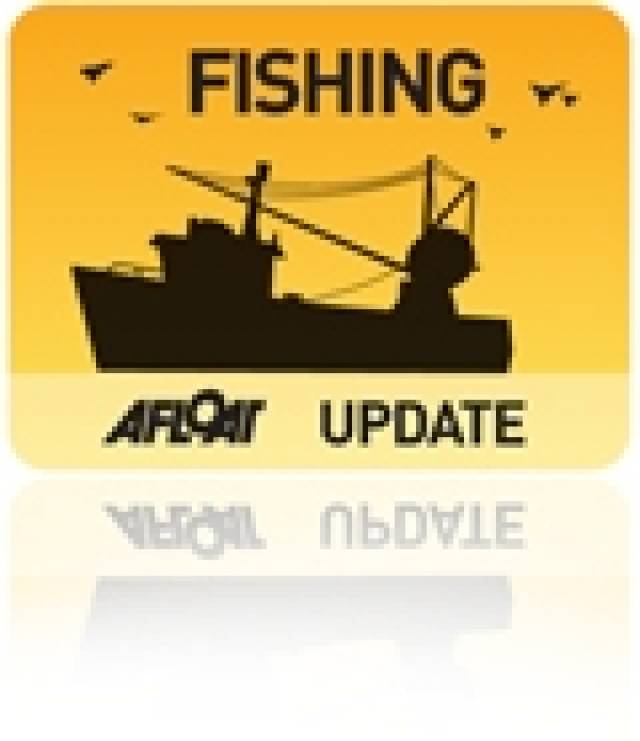

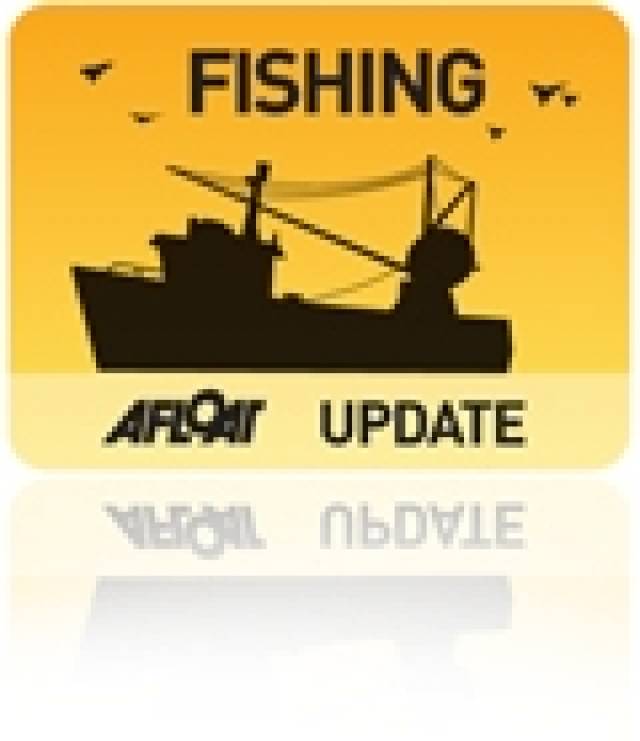
National Discards Implementation Group to End Wasteful Discarding of Fish Practice
13th November 2013 Fishing

SEAFARE Seville Seminar Highlights the Potential of Wetlands Aquaculture
13th November 2013 Aquaculture
